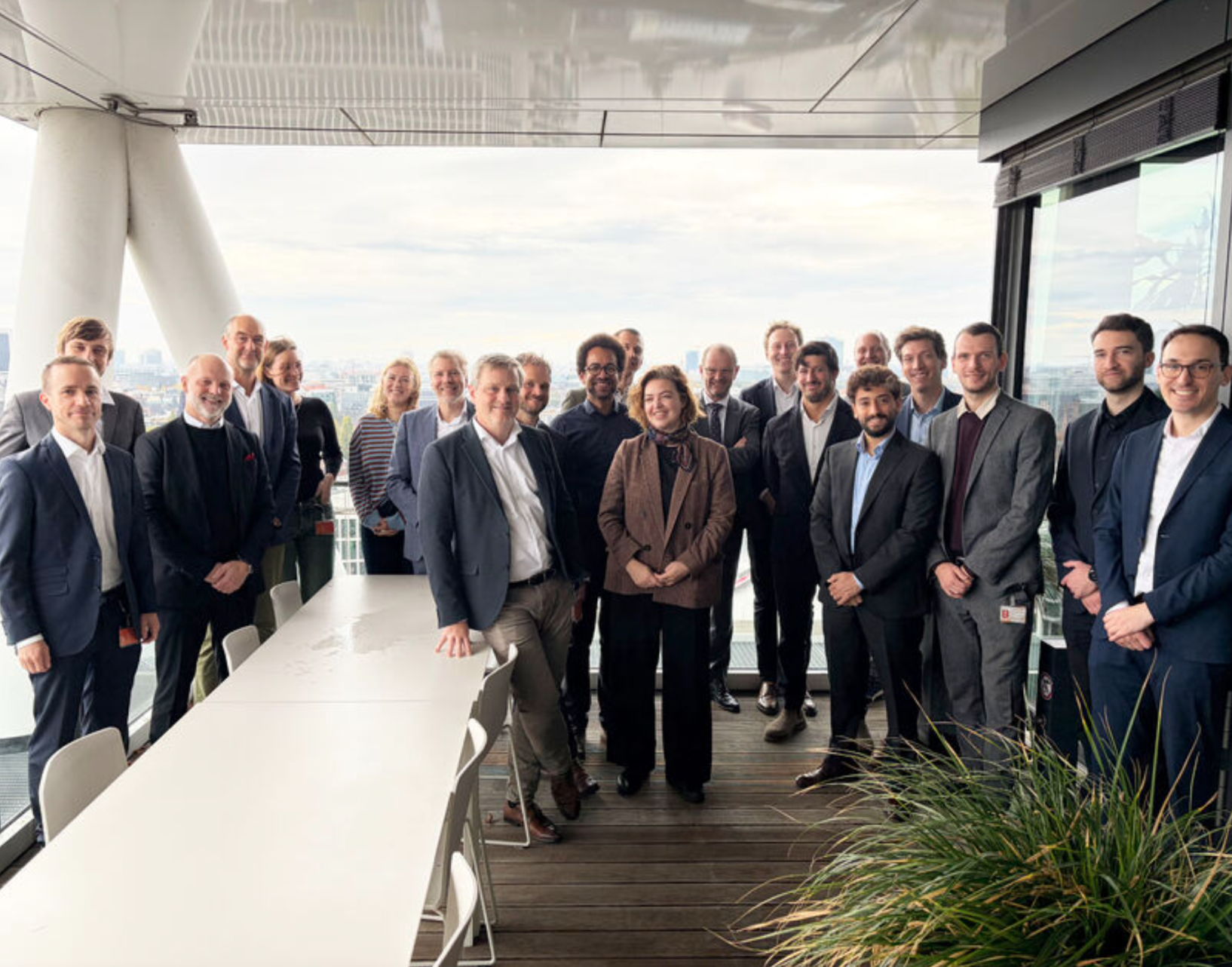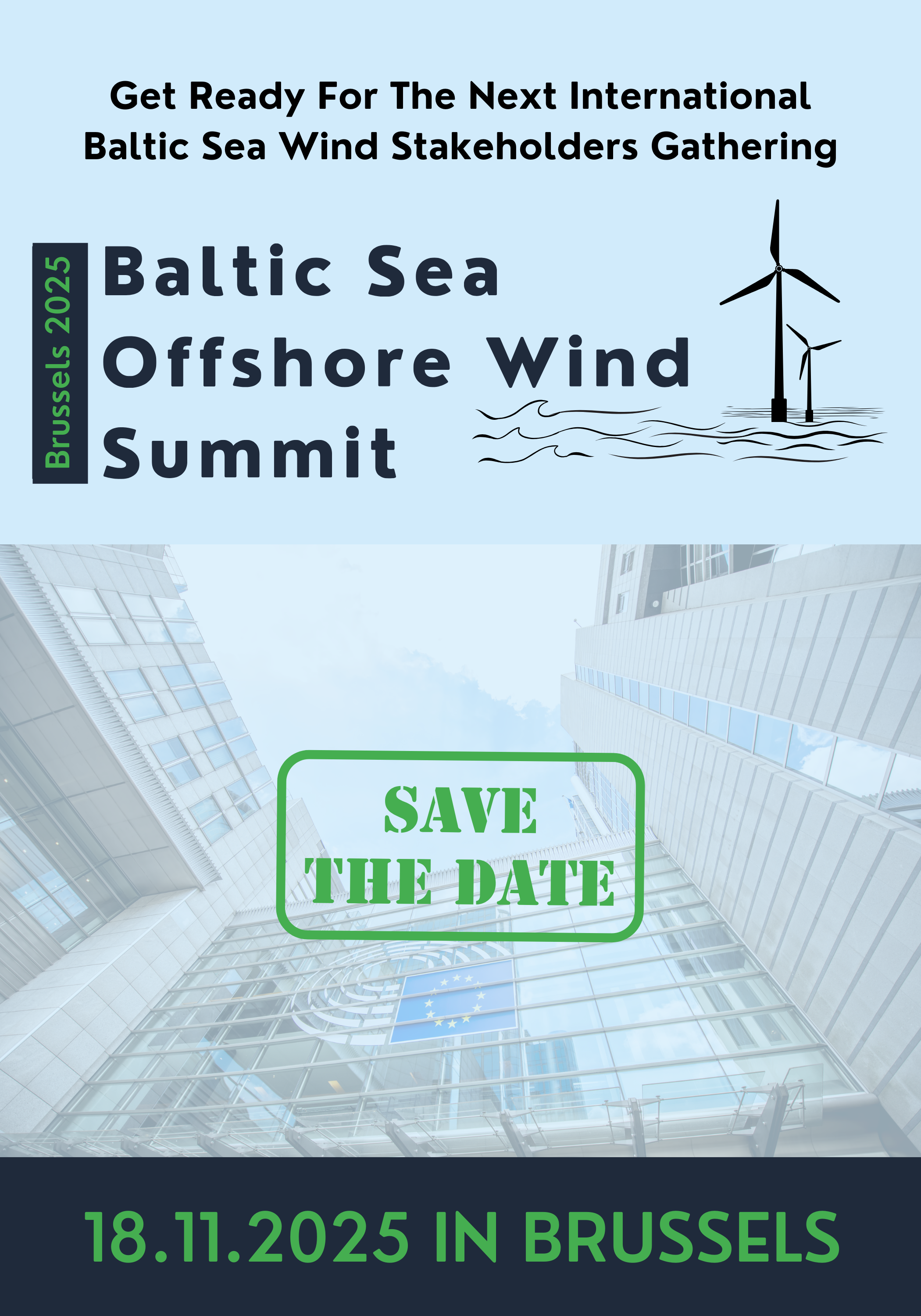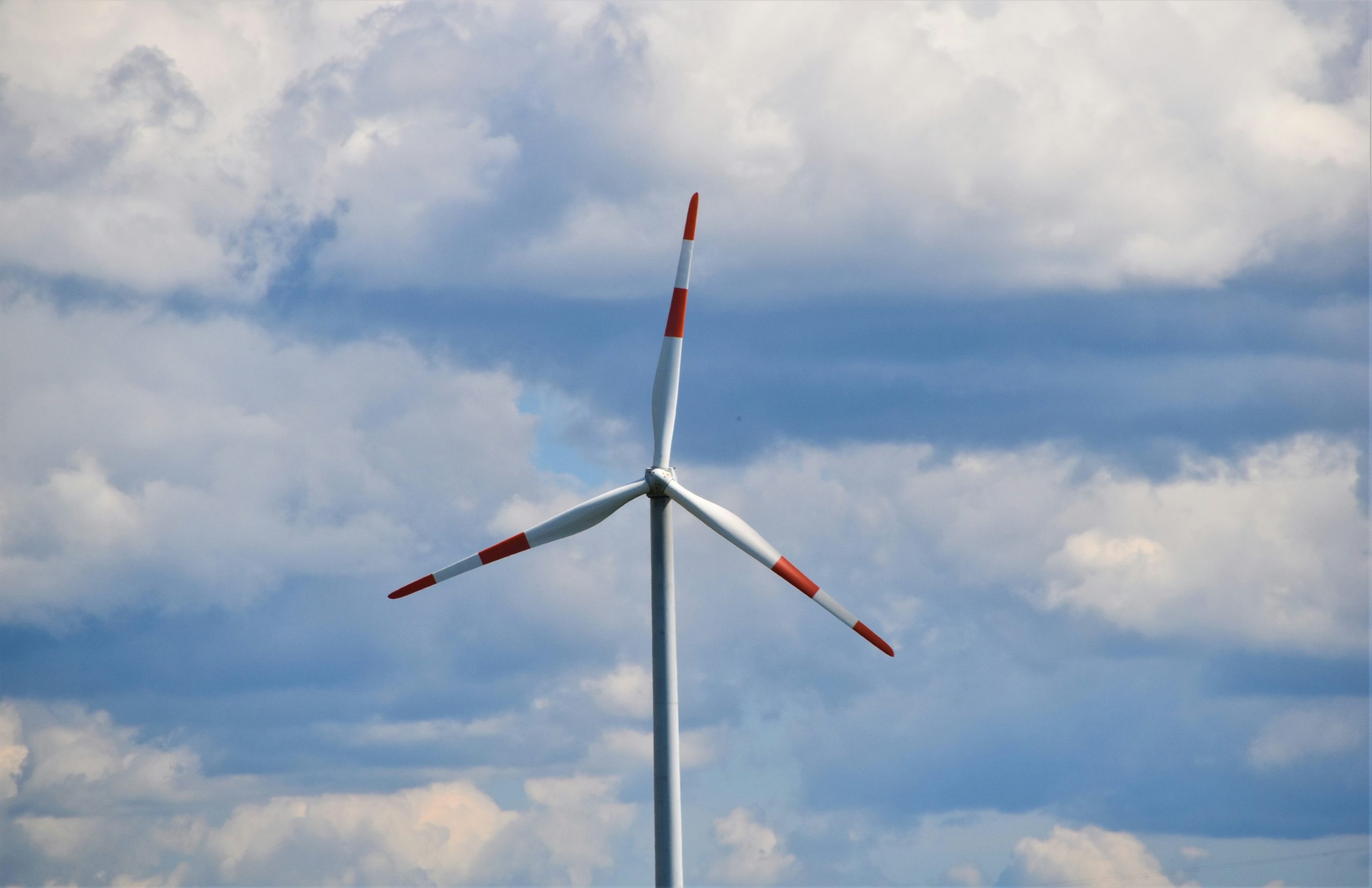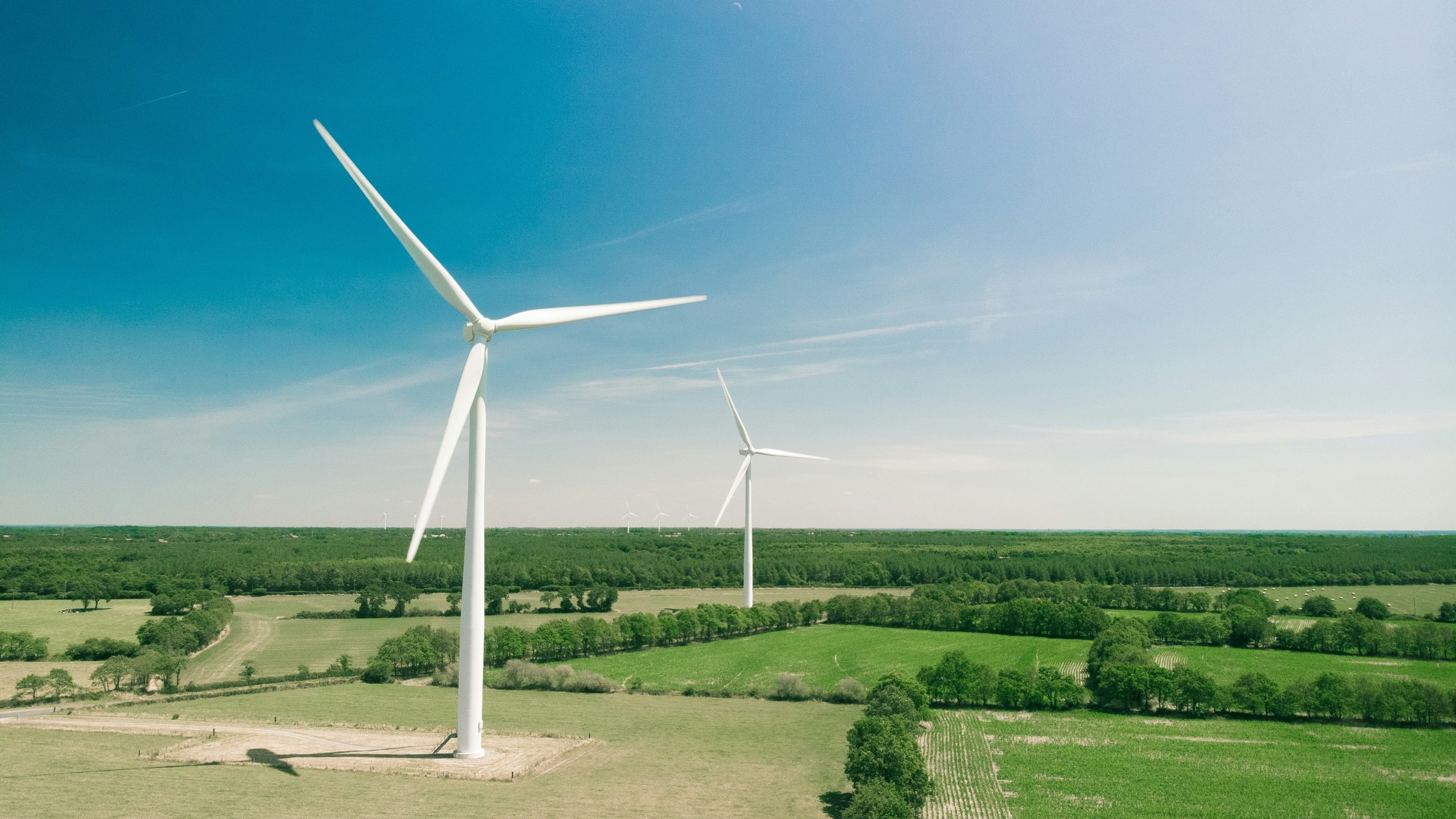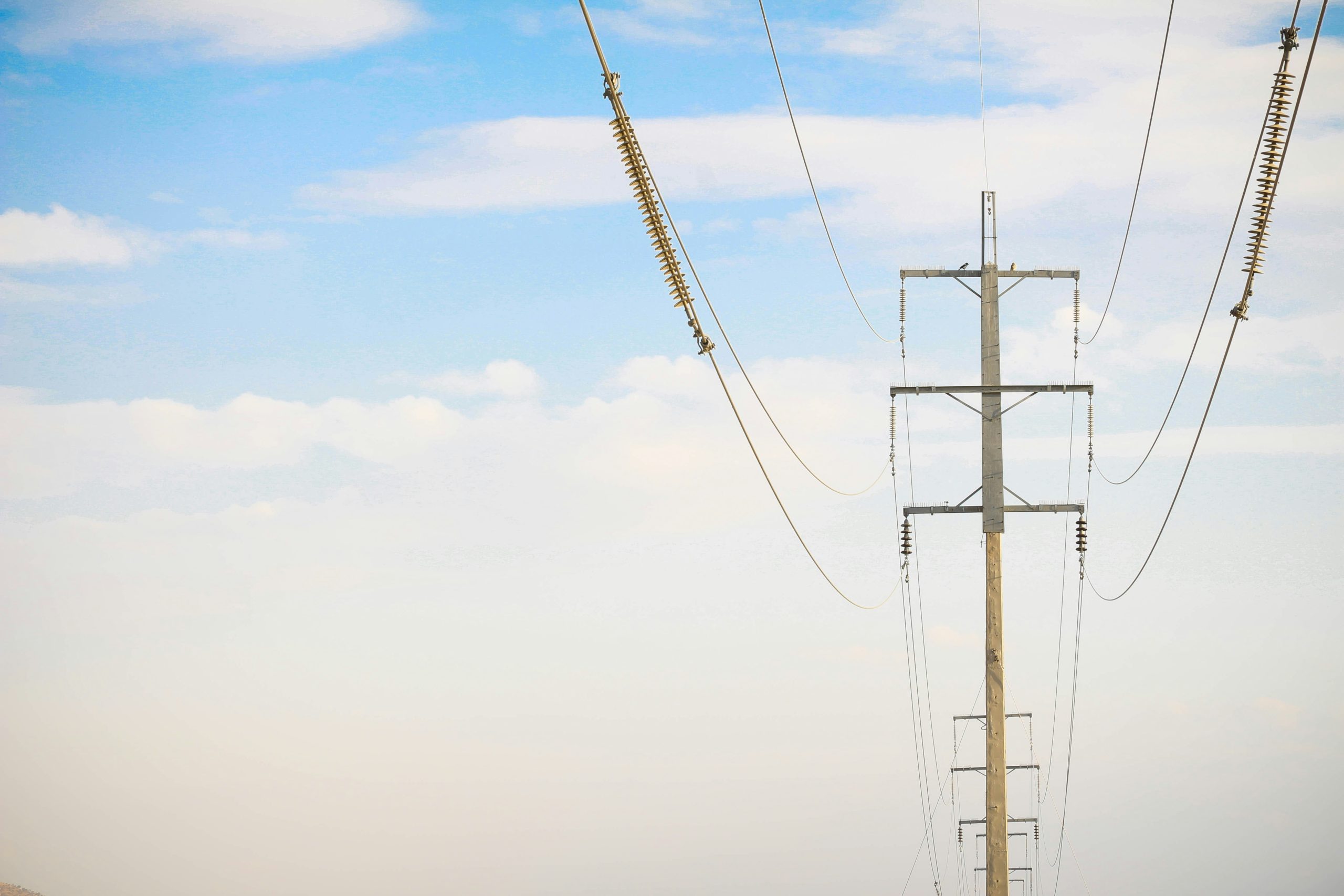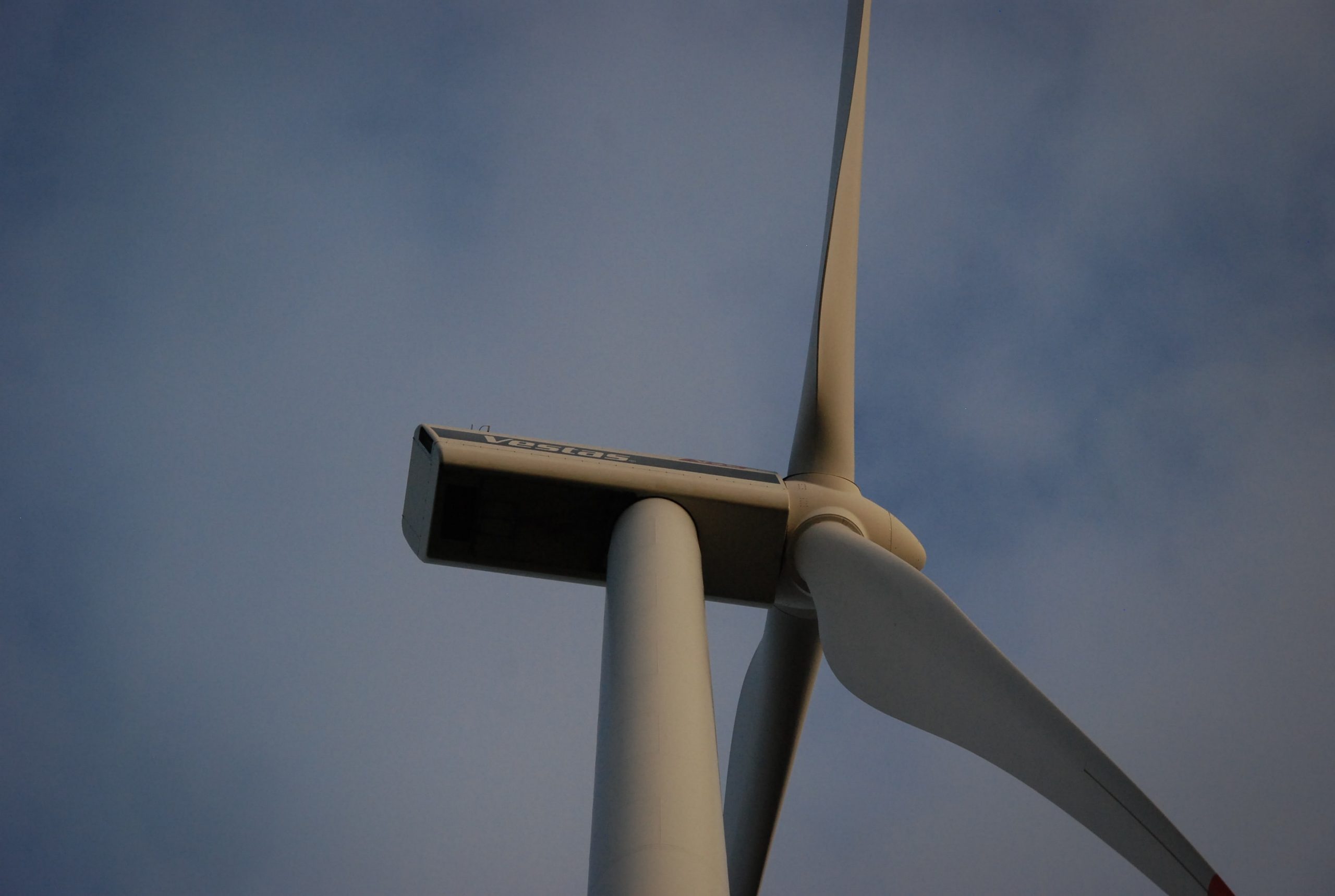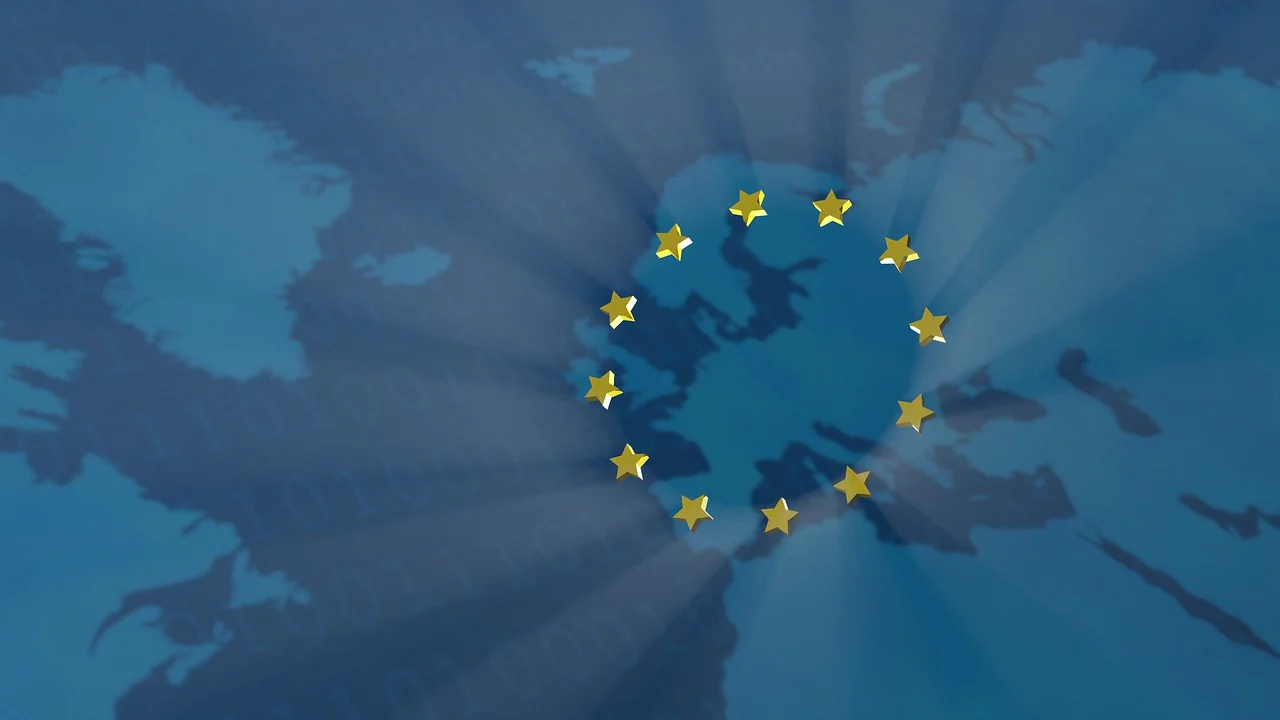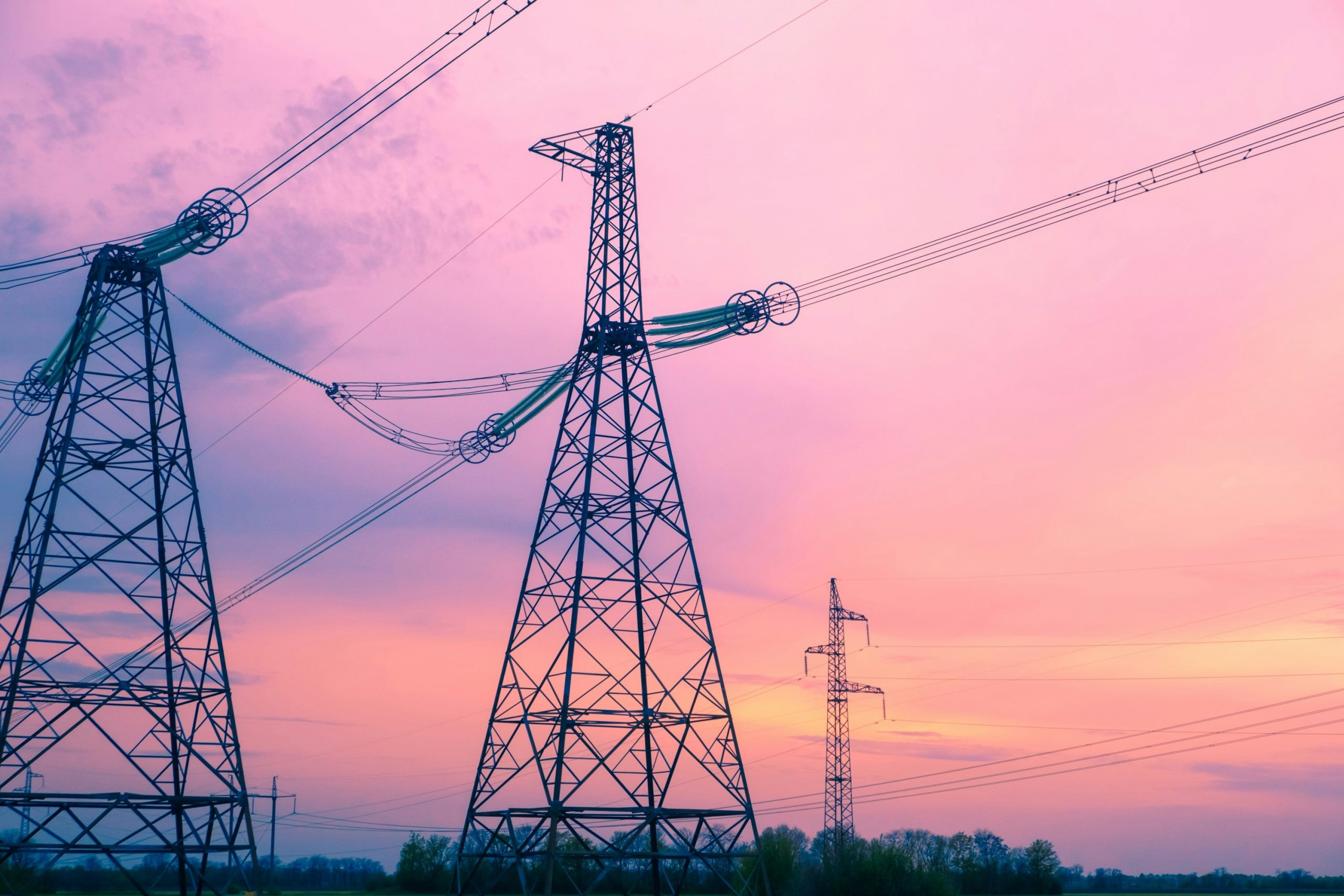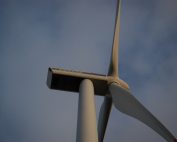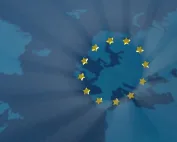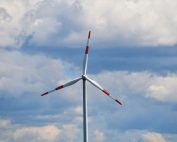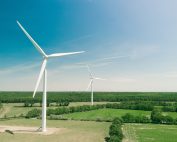Baltic Sea transmission system operators (TSOs), offshore wind developers, industry associations, and public authorities gathered last week in Berlin for the first Energy Island Forum Roundtable, hosted by 50Hertz. The event marked an important step in advancing regional cooperation for the development of offshore energy hubs in the Baltic Sea, using Bornholm Energy Island as a case study.
The discussions centered on one overarching question: how can Europe turn the vision of interconnected offshore wind and hybrid projects into a functioning, regional energy system?
Stefan Kapferer, CEO of 50Hertz, set the tone by emphasizing the strategic importance of offshore wind: “Even though offshore wind and the idea of offshore energy hubs are currently facing challenges, our energy system needs wind and interconnectors to balance solar generation, secure Europe’s energy independence, and ensure affordable energy for Europe.”
As participants highlighted, the shift from national projects to a regional and hybrid offshore model dramatically increases complexity. This transition requires a new level of coordination among all stakeholders — from developers seeking predictable pipelines and price stability, to TSOs planning shared infrastructure, and governments managing support schemes such as Contracts for Difference (CfDs).
Bornholm Energy Island was presented as an early example of how such complexity can be managed through collaboration. Yet, many questions remain: Should the future development of the Baltic Sea be driven by individual, project-by-project initiatives? Or is it time to establish a regional economic and regulatory framework capable of addressing cross-border challenges collectively? And if so, what form of governance would ensure fair, efficient, and timely implementation?
Bornholm Energy Island is one of Europe’s most advanced concepts for an offshore energy hub in the Baltic Sea. Developed jointly by Energinet (Denmark’s TSO) and 50Hertz (Germany’s TSO), the project will connect up to 3 GW of offshore wind capacity in the Baltic Sea to both Denmark and Germany via high-voltage direct current (HVDC) interconnectors.
The island will serve as a hybrid energy hub, integrating generation, transmission, and cross-border power exchange in one coordinated system. By linking offshore wind farms directly to multiple national grids, Bornholm Energy Island is expected to deliver greater system efficiency, reduce the need for redundant infrastructure, and support the creation of a regional electricity market in the Baltic Sea.
The project is viewed as a test case for future European energy islands, aligning with the EU’s vision of an interconnected offshore grid as outlined in the EU Offshore Renewable Energy Strategy. Construction is expected to be completed by 2030, with Bornholm potentially paving the way for similar projects across the region — from the Danish North Sea islands to emerging hybrid interconnectors in the Baltic.
Source: Bornholm Energy Island & BalticWind.eu
